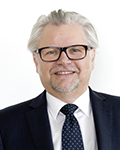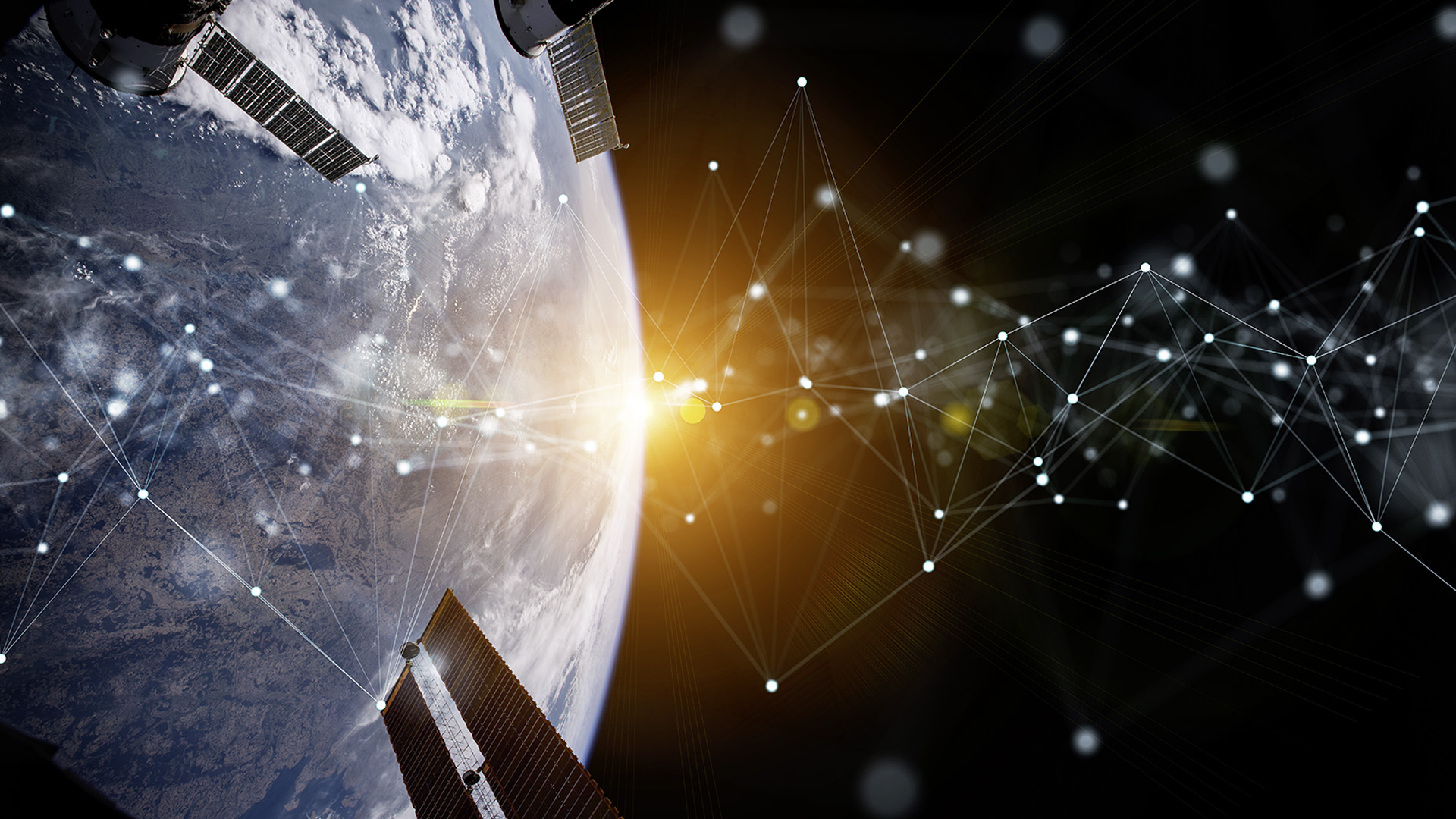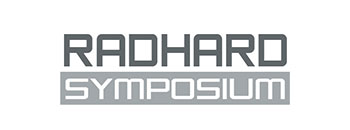Abstract

10 Years of RADHARD Symposium: Advancing Aerospace Radiation Hardness Assurance Through Innovation and Collaboration
Peter Beck, Alexandra Gettler, Lukas Huber, Lukas Höfig, Marcin Latocha, Christian Marchhart, Christoph Tscherne, Valentin Wagner, Michael Wind
Seibersdorf Labor GmbH, Austria
Abstract
For a decade, the RADHARD Symposium organized by Seibersdorf Laboratories has served as an international platform for knowledge exchange and advancement in the field of radiation hardness assurance (RHA) of electronic components for space applications. Building on more than 50 years of expertise in ionizing radiation calibration and more than 30 years in space radiation effects research, the establishment of the TEC-Laboratory marked a major milestone: a specialized aerospace radiation competence center for the testing of Total Ionizing Dose (TID) effects, Enhanced Low Dose Rate Sensitivity (ELDRS) phenomena, and radiation hardness of EEE components according to ESA and military standards under accreditation according to EN ISO/IEC 17025.
An outstanding achievement during this journey was the development of the SATDOS reference dosimetry platform, a compact and highly precise system designed for operation aboard nanosatellites in orbit. SATDOS provides real-time, high-fidelity measurements of space radiation environments, supporting both mission assurance and scientific research. With this innovation, Seibersdorf Laboratories have successfully bridged the gap between ground-based calibration excellence and in-orbit radiation monitoring, reinforcing their leading position in applied space dosimetry.
The RADHARD Symposium has significantly fostered the creation of a strong international network, connecting stakeholders from research, industry, and space agencies. This network has not only enabled new collaborations but has also been instrumental in harmonizing testing methods across Europe and advancing the understanding of space radiation effects.
In its 10th edition, the Symposium reflects on the crucial question: "Quo Vadis New Space?" — in the context of rapidly growing private space initiatives and disruptive technologies. Seibersdorf Laboratories actively embrace this challenge by expanding their capabilities: the new Laser Testing Laboratory for Single Event Effects (SEE) testing marks a significant leap forward. It strengthens the capability to test components under conditions closely resembling space environments, and it positions Seibersdorf Laboratories at the forefront of supporting both traditional and New Space missions.
Motivated by the achievements of the past decade and inspired by the dynamic opportunities ahead, Seibersdorf Laboratories invite the community to jointly shape the next era of space exploration and technology development.
Acknowledgments
The authors gratefully acknowledge the support of R&D projects by the Aeronautics and Space Agency (ALR) of the Austrian Research Promotion Agency (FFG), the Department for Space and Aviation Technologies of the Federal Ministry for Innovation, Mobility and Infrastructure (BMIMI) and the European Space Agency (ESA).

